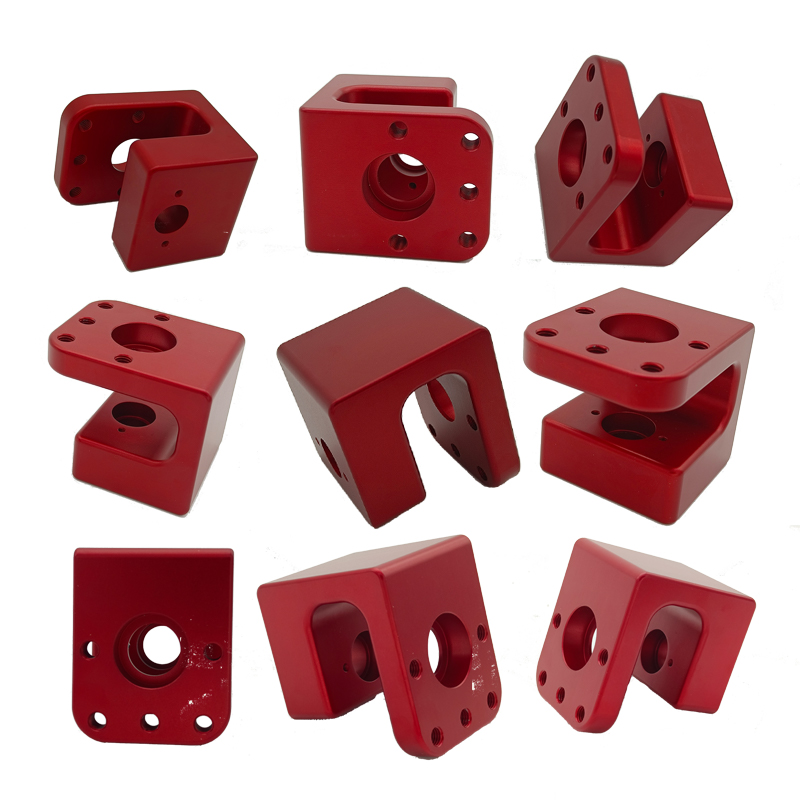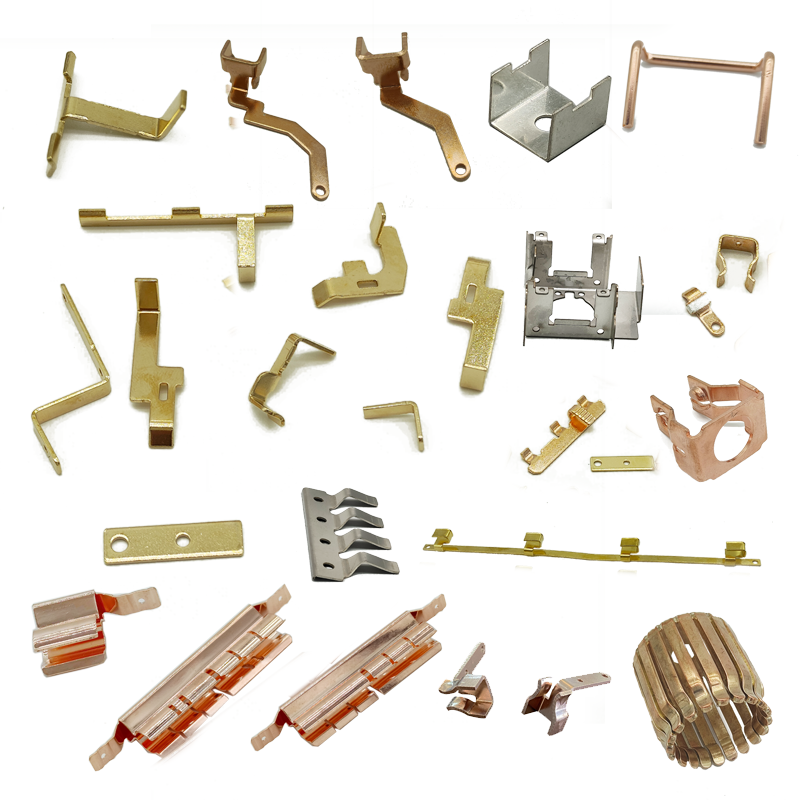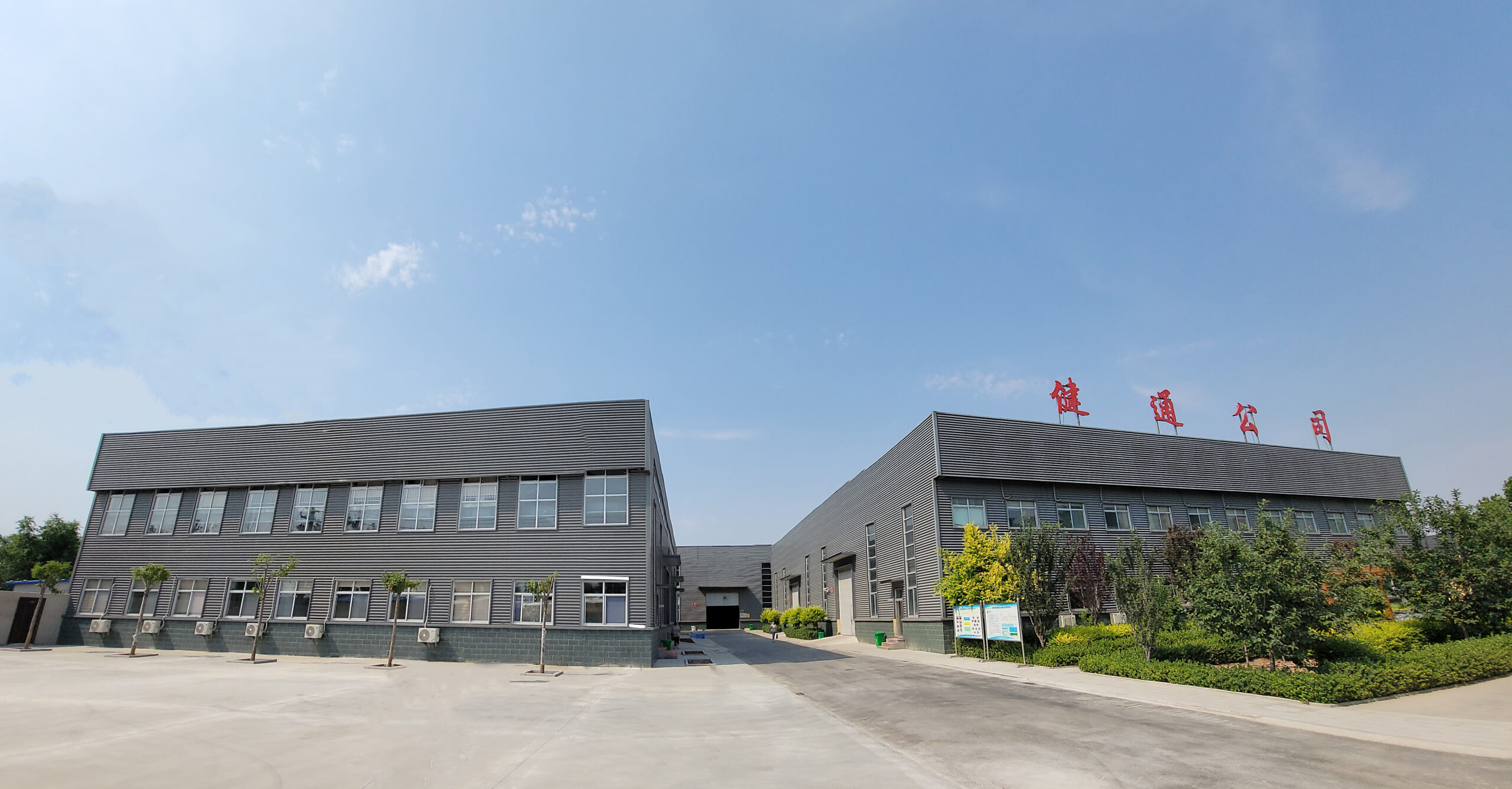CNC Machining Material Selection Principles
The core of CNC machining material selection is matching machining characteristics, part usage, and cost, prioritizing materials that are easy to cut, highly stable, and meet performance requirements.
Core Material Selection Principles
Made-difficulty Matching: Prioritize easy-to-cut materials (such as 45# steel, 6061 aluminum alloy) to reduce tool wear and machining time.
Performance Matching Requirements: Select materials with corresponding characteristics according to the part’s usage. For example, choose high-strength steel for load-bearing components and stable stainless steel for precision parts.
Cost and Availability: Balance material prices and supply cycles, avoiding the use of scarce or excessively expensive materials (except for special requirements).
Common Materials and Applicable Scenarios
Aluminum Alloys (6061, 7075): Lightweight, easy to cut, suitable for aerospace parts, precision structural components, high machining efficiency.
Carbon Steel/Alloy Steel (45# steel, 40Cr): Moderate strength, low cost, suitable for general mechanical parts, shaft parts.
Stainless Steel (304, 316): Corrosion resistant, good precision retention, suitable for food machinery, medical equipment, etc. Copper alloys (brass, bronze): Excellent electrical conductivity and machinability, widely used in electrical components and precision gears.
Material Selection Considerations:
Avoid high-hardness materials (e.g., hardened steel): Machining is difficult in the undried state; the heat treatment state must be confirmed beforehand.
Consider material stability: For long shafts and thin-walled parts, prioritize materials with minimal deformation (e.g., 40CrMnMo) to reduce post-machining deformation.
Match machining processes: For milling and drilling, prioritize materials with moderate toughness; for grinding, choose materials with slightly higher hardness.




